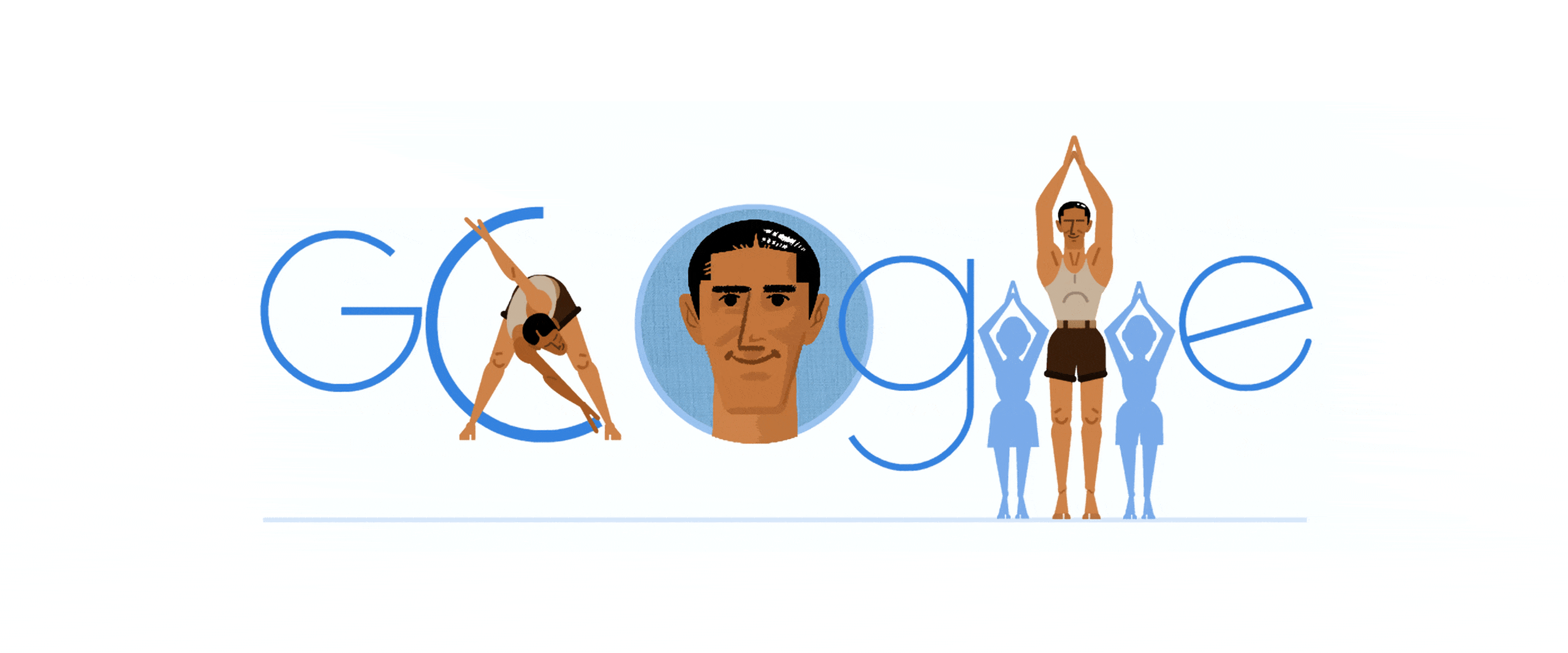Celebrating Fredy Hirsch’s queer legacy of bravery

The day I first learned about Fredy Hirsch was a normal workday in 2017. I’d just gotten off the bus and was walking to my home in south Tel Aviv. I’d recently been spending my commutes listening to the six-hour testimony of Dina Gottliebová Babbitt, an artist and Holocaust survivor, on the USC Shoah Foundation’s YouTube channel.
I was absorbed in the story of her heroic and traumatic experiences as a young woman in the Theresienstadt ghetto and Auschwitz-Birkenau. Then she started talking about a fellow prisoner in Theresienstadt, Alfred “Fredy” Hirsch. “He looked like a toothpaste advertisement. He had this shiny, slicked-back hair, very handsome face and an incredible grin, white-white teeth. He was the epitome of tall, dark and handsome.”
And then, in what would be a deeply meaningful moment of affirmation of my own queer and Jewish identity, she casually mentioned that Fredy was gay. “It was an open thing, we all knew that he was gay…. We didn’t make anything out of it at that time. He was just one of us.”
Her tone was so nonchalant it was hard to believe her words had been recorded almost two decades earlier, in 1998. And it made me very emotional. It was the first time in my life I’d heard a Holocaust survivor referring to the existence of an LGBTQ prisoner.
Before I could process my reaction, she added, “Very often gays are maligned, spoken of badly. I think it’s important that if we know somebody that great — and he was great — who happened to be gay, that we say so. It should be known.”
So I set out to do just that: learn everything I could know about him. I searched for more information on Fredy Hirsch but, at the time, was disappointed that there wasn’t much to find.
Eventually I learned that he was a gay German-Jewish refugee to Czechoslovakia and a gymnastics teacher. As Jews were marginalized, incarcerated and ultimately systematically murdered, he took on an increasingly important role as a community leader and youth counselor to many children — first in the Zionist youth movement Maccabee Hatzair and later in Theresienstadt. When he was deported to Auschwitz he created and managed two children’s barracks, making them a relatively safe haven for hundreds and brightening their final months. They had heat during the winter, enjoyed bigger portions of food and received an education that included Hebrew and English classes, sports, arts and a strict hygiene protocol. Many Holocaust survivors have said that they owe their lives to Hirsch.
Somehow, under horrific and brutal circumstances, he was able to achieve the unthinkable — and this in spite of being Jewish and homosexual, which put him at the bottom of the camp’s cruel hierarchy. Survivors who knew him testified that SS officers treated him relatively well since he was a native German who managed to keep clean, maintain a neat appearance and practice sports. He eventually died at Auschwitz in March 1944.
I reached out to some LGBTQ and educational organizations, hoping they might consider introducing Hirsch’s story into their educational activities for teenagers, but nothing really came of it. It felt like a great injustice that his legacy and contribution were not being acknowledged.
Today Google is commemorating Hirsch with a Doodle appearing in Germany, Israel and several other countries on what would have been his 105th birthday.
It’s a step towards greater recognition of an important story that isn’t widely known. According to Rubi Gat, who created the documentary “Dear Fredy,” Czechoslovakia’s communist regime quashed Fredy’s story because he was a Jew and because his homosexuality didn’t fit into their narrative about who qualified to be a hero.
Dr. Michal Aharony, editor of The Journal of Holocaust Research and author of the article “The Unknown Hero Who Saved Children at Auschwitz,” says that while Holocaust survivors who knew Hirsch spoke of him fondly and mentioned that he was openly gay, academic texts only started mentioning his sexual orientation in the past couple of decades.
I'm full of hope that Hirsch’s story will inspire others to commemorate the many LGBTQ historical figures who have never been properly acknowledged, and that future generations will benefit from their legacy.
Above all, we should remember Hirsch as a symbol of solidarity and generosity, as a great believer in the power of a healthy lifestyle and mindset to deal with terrible circumstances, and as a hero who chose to help those who were most in need rather than to save himself.






